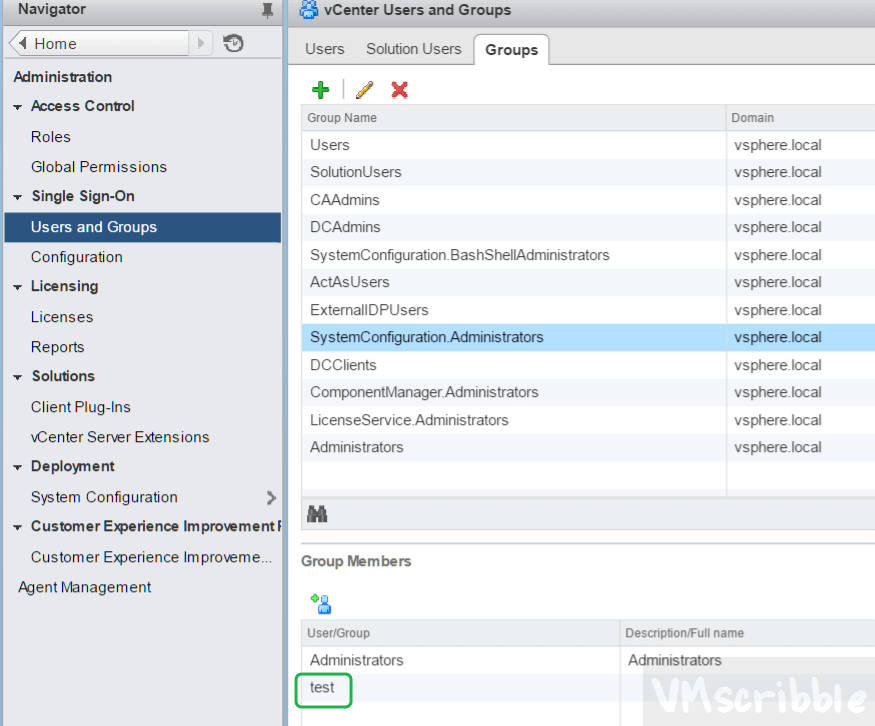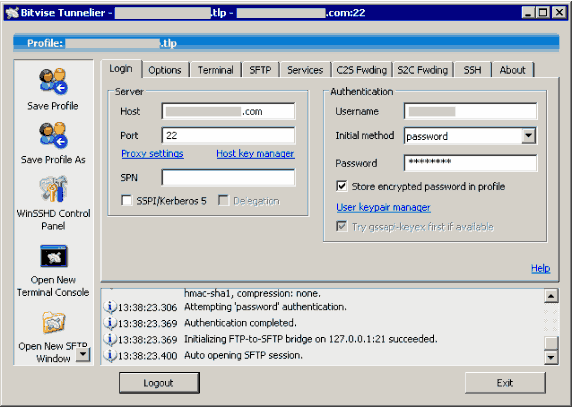


This can be used instead of 'long' sleep time: It's super hackish, I'd like to know if there is a better way, too. Your local uses sftp to put your file to remote server, remote server wakes up from sleep and sources your scripts.Your remote shell doesn't have the file yet, so it has to wait till file is there, ergo sleep.Your connection to remote should be open and alive.Here is the catch, it happens only after 'successful' connection to remote host. LocalCommand defines what needs to be run on local, which is used to copy your local file to remote server for sourcing it.RemoteCommand defines what needs to be run on remote side.LocalCommand bash -c 'sftp <<< "put /tmp/somefile /tmp/somefile"'
#THE USE NAME FOR SSH SHELL HOW TO#
This article covers how to set up and use an SSH client on. RemoteCommand zsh -l -c 'sleep 1 source /tmp/somefile zsh' Secure Shell (SSH) provides a secure way for you to access your account from the command line. WARNING This comes with no guarantees and doesn't look 'wise', however I did managed to put my local file to server and source it in login shell using this. There could be hackish way to accomplish what you are looking for, like below. Since it's a shared account, I can use zsh only for myself with this method.Īdd this to your ~/.ssh/config file in your local machine. zshrc to remote server, (that's without permanently storing it there), this works for me to change my login shell on remote server. This file is very important for ensuring that the SSH client is connecting to the correct SSH server.I'm not sure how you can put your local. When the client connects to a server, the server authenticates the client by checking its signed public key stored within this file.Ĭontains the ECDSA private key of the user.Ĭontains host keys of SSH servers accessed by the user. Holds a list of authorized public keys for servers. The PAM configuration file for the sshd daemon. The EdDSA public key used by the sshd daemon. The EdDSA private key used by the sshd daemon. The RSA public key used by the sshd daemon. The RSA private key used by the sshd daemon. The ECDSA public key used by the sshd daemon. For more information, see Actions, Resources, and Condition Keys for Amazon EC2 Instance Connect Service. Specify this so that the metadata is made available for the proper SSH user. It was created in 1995 and is now installed by default on almost every Linux distribution. The ECDSA private key used by the sshd daemon. The most common tool to connect to Linux servers is Secure Shell (SSH). The configuration file for the sshd daemon. Note that it is overridden by ~/.ssh/config if it exists. The default SSH client configuration file. Other key exchange methods do not need this file. If the file is not available, fixed groups will be used.

When keys are exchanged at the beginning of an SSH session, a shared, secret value is created which cannot be determined by either party alone. System-wide configuration files FileĬontains Diffie-Hellman groups used for the “Diffie-Hellman group exchange” key exchange method, which is critical for constructing a secure transport layer. User-specific SSH configuration information is stored in ~/.ssh/ within the user’s home directory as described in User-specific configuration files. System-wide SSH configuration information is stored in the /etc/ssh/ directory as described in System-wide configuration files. There are two different sets of configuration files: those for client programs (that is, ssh, scp, and sftp), and those for the server (the sshd daemon). OpenSSH servers and clients can be configured to authenticate using the GSSAPI (Generic Security Services Application Program Interface) implementation of the Kerberos network authentication protocol. The OpenSSH server and client can be configured to create a tunnel similar to a virtual private network for traffic between server and client machines. It can be used to create a secure channel Using a technique called port forwarding, an SSH server can become a conduit to securing otherwise insecure protocols, like POP, and increasing overall system and data security. The SSH protocol encrypts everything it sends and receives. It provides a way to secure otherwise insecure protocols Note that if you set the ForwardX11Trusted option to yes or you use SSH with the -Y option, you bypass the X11 SECURITY extension controls, which can result in a security threat. Using a technique called X11 forwarding, the client can forward X11 ( X Window System) applications from the server. It provides secure means to use graphical applications over a network
#THE USE NAME FOR SSH SHELL DRIVER#
Kernel, Module and Driver Configuration.System Locale and Keyboard Configuration.Automating the Installation with Kickstart.


 0 kommentar(er)
0 kommentar(er)
